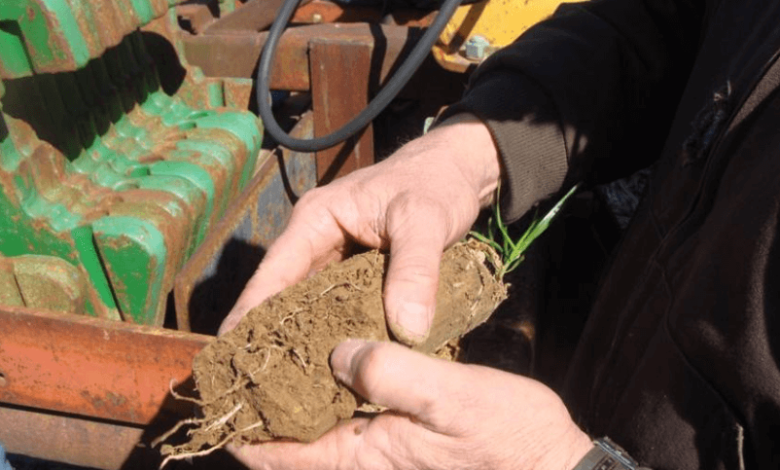Tips for Proper Maintenance and Care of Soil Pans in Laboratory Settings

In the realm of materials testing, precision and accuracy are paramount. Soil pans, integral components of laboratory equipment, play a crucial role in analyzing the properties of soil samples. To uphold the standards of quality and precision, it is imperative to implement proper maintenance and care routines for soil pans. This guide elucidates effective strategies for maintaining soil pans to optimize their performance and longevity.
The Role of Soil Pans in Laboratory Testing
Soil pans serve as containers for soil samples during testing procedures in laboratories. They facilitate the examination of various soil properties, including composition, density, and moisture content. Typically made from durable materials such as stainless steel or aluminum, soil pans are designed to withstand rigorous testing conditions.
Preserving Precision Through Proper Maintenance
Regular maintenance of soil pans is essential to uphold the accuracy and reliability of testing results. Neglecting maintenance can lead to contamination, corrosion, or distortion of soil samples, compromising the integrity of test outcomes. By implementing proactive maintenance practices, laboratories can ensure consistent performance and prolong the lifespan of soil pans.
Read also: Invest in Memecoin PugCoin: Where Joyful Design Meets Solid Tokenomics
Best Practices for Soil Pan Care
- Cleaning and Sterilization: After each use, thoroughly clean soil pans with a mild detergent and warm water to remove any soil residues. Sterilize pans using methods recommended for laboratory equipment to prevent cross-contamination between samples.
- Inspection for Damage: Regularly inspect soil pans for signs of damage, such as dents, scratches, or corrosion. Replace pans that show significant wear and tear to maintain accuracy during testing procedures.
- Storage Considerations: Store soil pans in a clean, dry environment away from sources of moisture or chemical exposure. Proper storage helps prevent corrosion and maintains the integrity of the pans.
- Calibration and Verification: Periodically calibrate soil pans using certified weights to ensure accurate measurements. Verify the calibration status of pans before conducting testing procedures to mitigate potential errors.
- Avoiding Chemical Exposure: Refrain from exposing soil pans to corrosive chemicals or substances that may react with the material of the pans. Use compatible cleaning agents and handle chemicals with care to prevent damage to the pans.
FAQs:
How often should soil pans be cleaned?
- Soil pans should be cleaned after each use to prevent contamination between samples and ensure accurate test results.
Can damaged soil pans affect testing outcomes?
- Yes, damaged soil pans can compromise the integrity of testing outcomes by introducing errors or inaccuracies. It is crucial to inspect pans regularly and replace damaged ones promptly.
What is the recommended storage temperature for soil pans?
- Soil pans should be stored in a controlled environment with stable temperatures to prevent corrosion or degradation of materials. Ideally, storage temperatures should be consistent with standard laboratory conditions.
Conclusion:
In the realm of materials testing and laboratory supply equipment, proper maintenance and care are indispensable for ensuring the accuracy and reliability of test results. Soil pans, vital components of laboratory testing procedures, require meticulous attention to maintenance to uphold their functionality and longevity. By adhering to best practices outlined in this guide, laboratories can optimize the performance of soil pans and elevate the quality of certifiedmtp.com.





